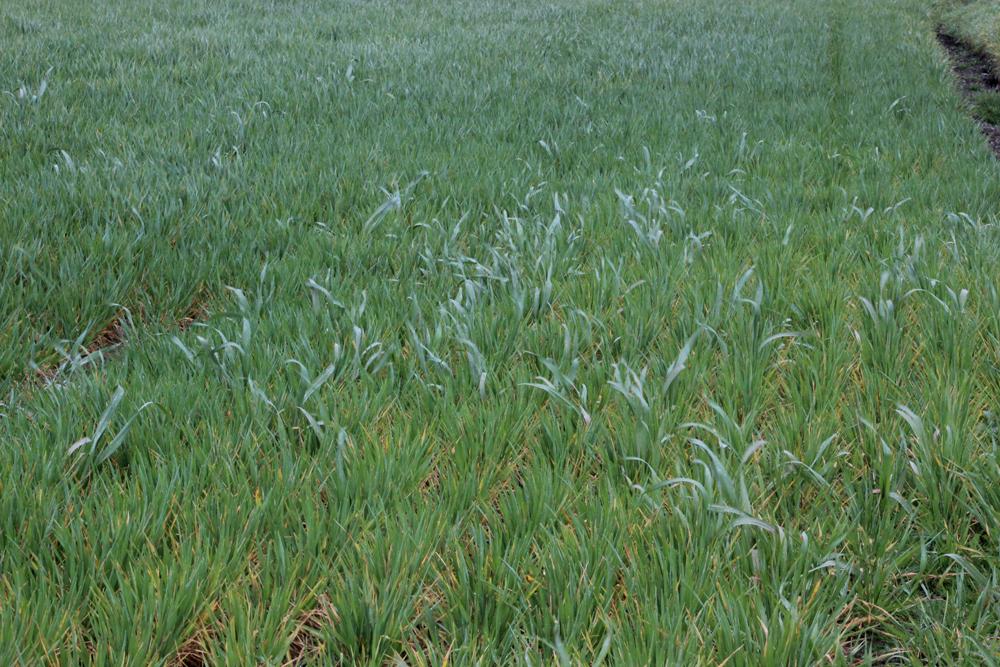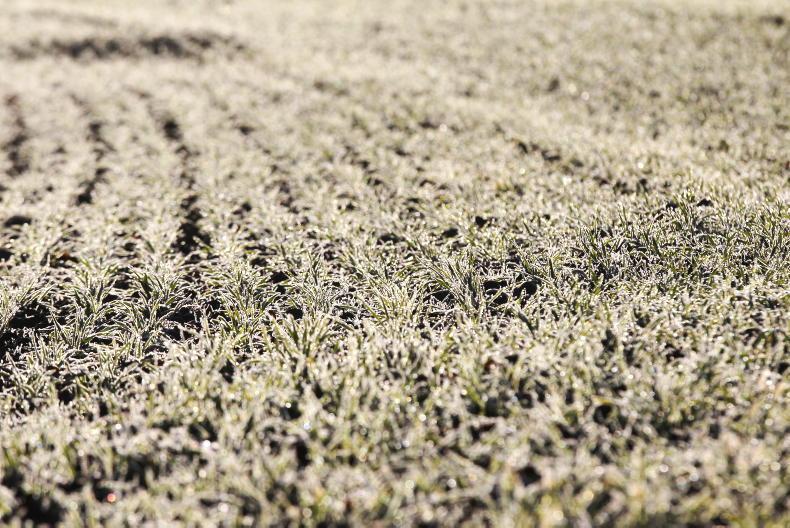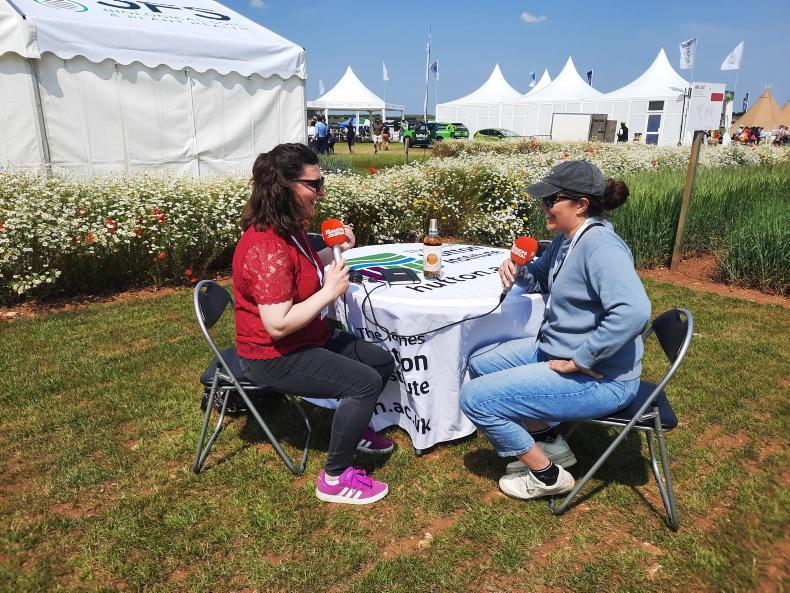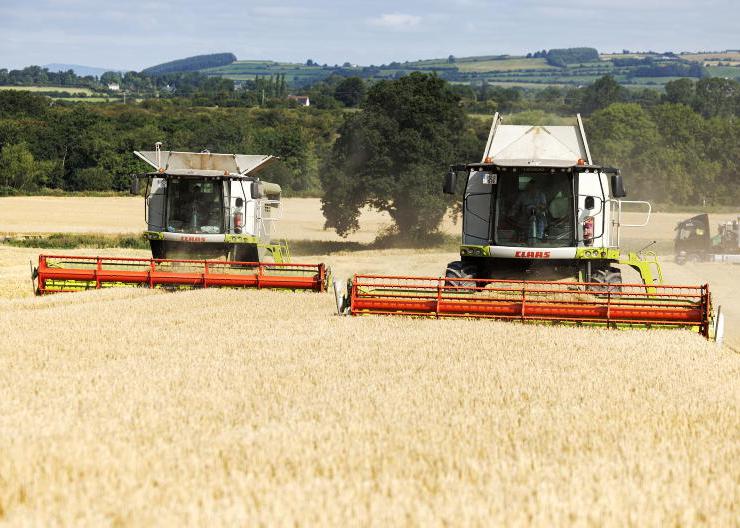Dry in areas: It is ironic that we now have growers around the country who would welcome a decent spill of rain or a soft day. Not a common sentiment for the third week of May where rain normally spells trouble. But if things were to remain dry, we must be in a much better position to cope than this time last year, with the majority of crops in good condition having established well from timely sowing.
Winter cereals: Most crops have remained relatively clean but with all kinds of blotching present as well as some septoria, mildew and rusts. Winter barley is generally clean but septoria levels are much more variable in wheat while mildew and crown rust are problematic in some oat crops.
While rhyncho levels are generally low in barley, it is common to find spots on leaves which may either be the spot form of net blotch or ramularia, but more likely the former. Ramularia was present in crops earlier in the season and it can easily bounce back up when a crop hits a stress period.
All winter barley crops should now have final fungicide, including a contact fungicide applied. Keep an eye out for brown rust in particular over the next few weeks.
Most winter wheat crops are now at flag leaf emergence and so at T2 fungicide timing. This means a product like Librax, Adexar, Ascra, Elatus Era or a triazole plus straight SDHI mixtures. Include a contact fungicide in all sprays. Watch for mildew and yellow rust.
Consider 40-60kg N/ha on winter wheat post GS39 depending on field history, crop potential and the amount of N already applied.
Winter oat crops are at booting to earing. Apply final fungicide post heads out stage. Mildew and crown rust are the main diseases. All sprays should include a triazole plus either a strobilurin or an SDHI. Clean crops could get Elatus Era. Where mildew has been the only problem Tocata may be the product of choice. If rust is the only issue then Jenton gets preference.
Spring crops: Weather conditions provided a nice pace of growth this spring. This should minimise the risk of pent-up development leading to a risk of very rapid stem extension coupled with weak stems.
Crops are generally well tillered with earlier crops gone to stem extension and these have fungicide, herbicide and insecticide already applied.
Later crops need to be sprayed for weeds, BYDV protection, possibly wild oats or canary grass and disease control at the end of tillering. Be careful with tank mixes and sequences of hormones, wild oat sprays etc.
Disease control needs a mix of a triazole +/- a strobilurin at T1. Watch out for mildew and rust across all cereals, as well as net blotch and rhyncho on barley. Products like Siltra or Ceriax or triazole plus strobilurin/SDHI straights might be used at T1 on barley.
As wheat moves into stem extension apply CCC between GS30 and GS31. With oats apply Ceraide between GS31 and GS32.










SHARING OPTIONS